DBMIBS 2025: Lithium Pros’ sodium-ion starting battery
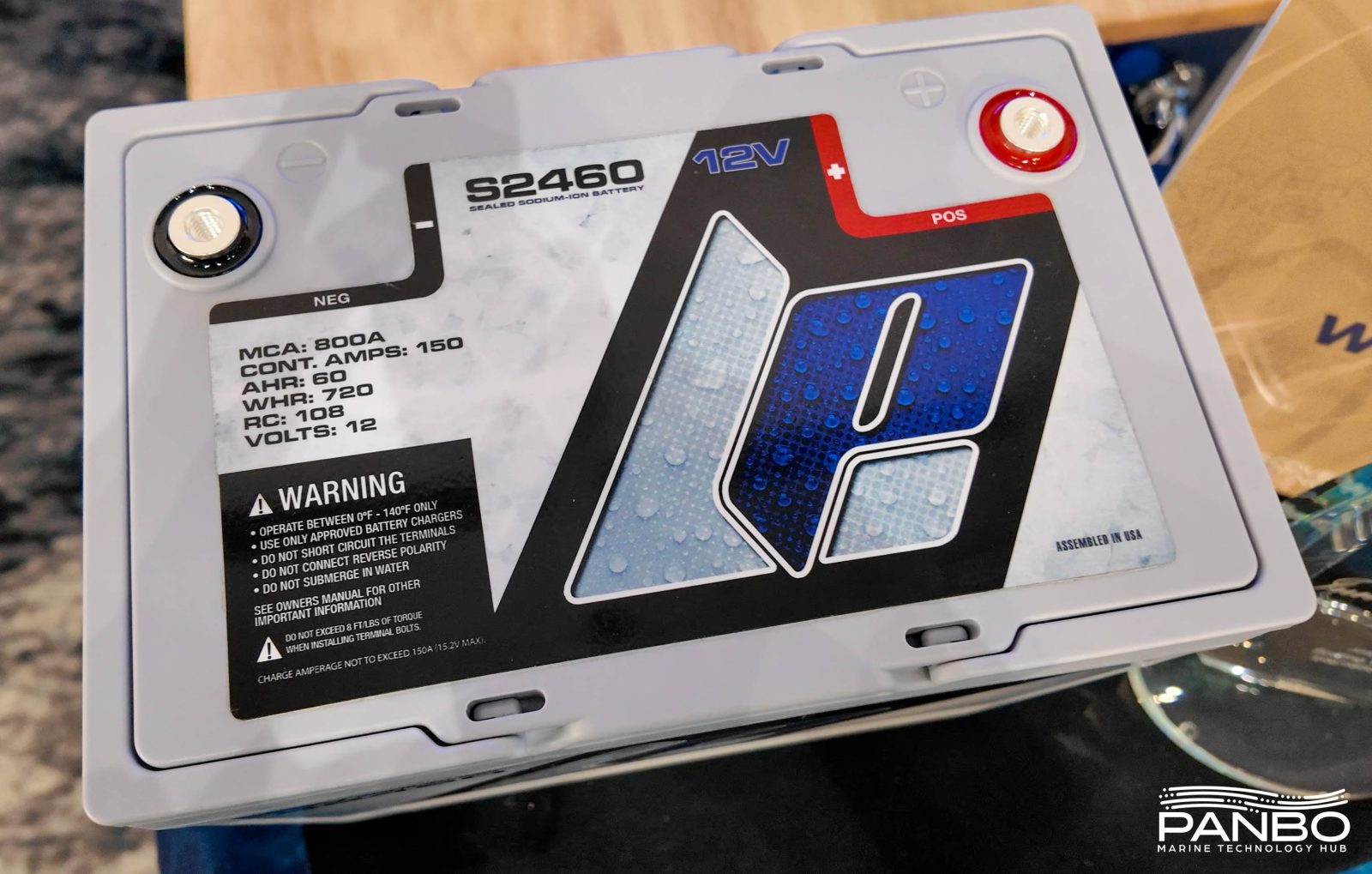
Lithium Pros regularly pushes the state of art in marine batteries forward and they’ve done it again. This time with, to the best of my knowledge, the first sodium-ion in the marine marketplace. Their S2460 is designed primarily as a starting battery. Sodium-ion batteries have grabbed attention for their temperature flexibility, tolerance for deep discharge, and improved raw materials availability. Although it is early days for these batteries, it is quite exciting to see them available for purchase.
I was part of the team of judges for the 2025 Innovation Awards at the Discover Boating Miami International Boat Show who awarded Lithium Pros an innovation award in Mechanical and Electrical Systems. The emergence of a new battery technology is significant and I think Lithium Pros deserves credit for taking on the new chemistry and bringing a battery to market.
Sodium-ion batteries share several similarities with lithium-ion batteries, but also diverge in significant ways. First, sodium-ion batteries don’t contain cobalt, copper, lithium, or nickel. Instead, they rely on more abundant sodium and iron based materials. Additionally, sodium-ion batteries tolerate a discharge all the way down to zero volts without damage and can be both charged and discharged at significantly lower temperatures than LiFePO4 batteries. However, sodium-ion batteries are also less energy dense and, although early data is limited, have lower cycle lives.
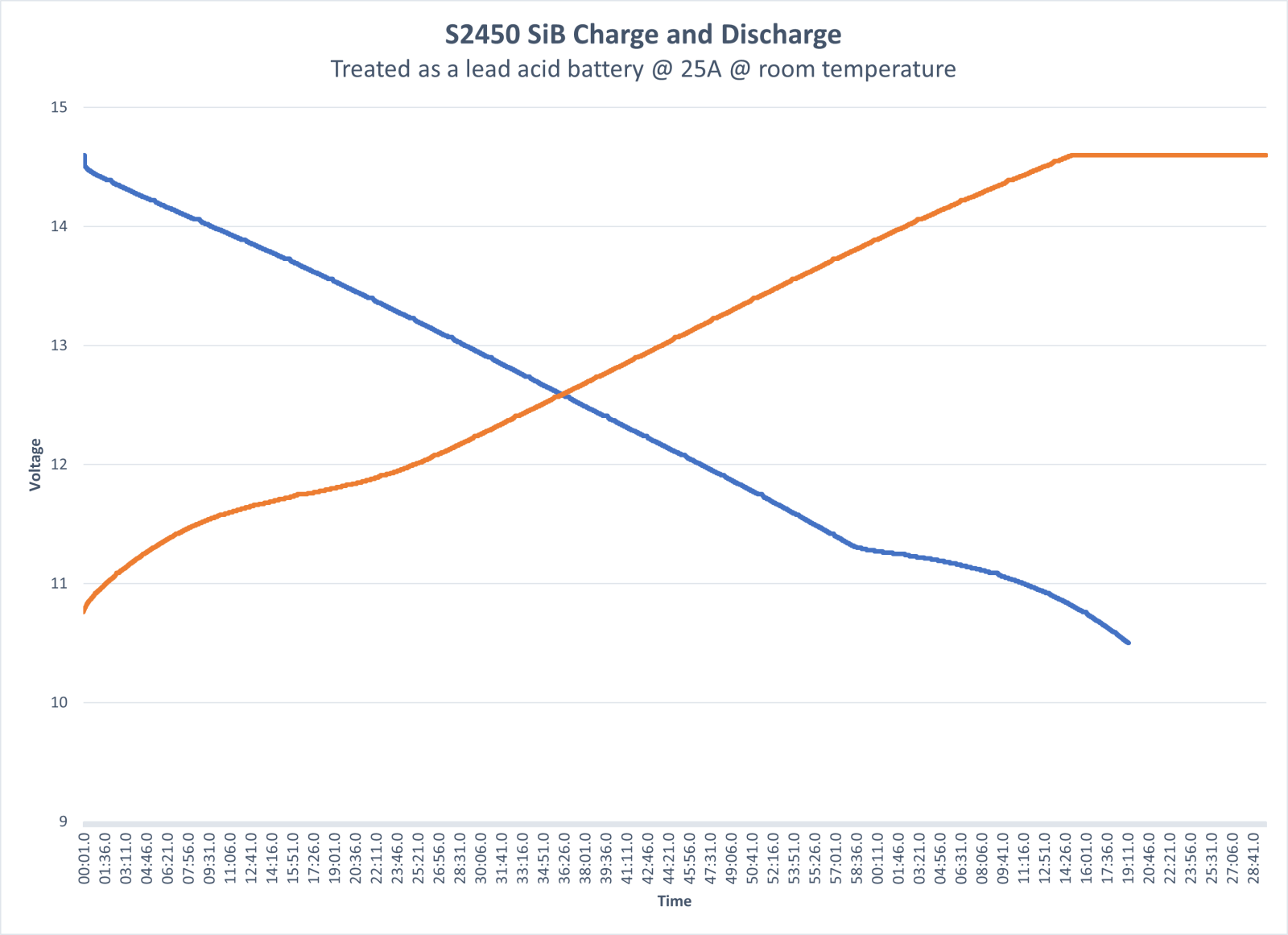
The initial battery in Lithium Pros’ sodium lineup is the S2460. The S2460 is a 60 amp-hour battery with a footprint roughly in line with a group 24 battery. Lithium Pros rates the battery at 800 marine cranking amps (MCA). The S2460 contains a MOSFET based BMS and I’m unclear to what extent the current limit comes from the cells versus the BMS. As you can see above, the sodium-ion battery’s voltage curve is much more similar to lead-acid than LiFePO4. Additionally, the battery manages charging from outboards equipped with either alternators or stators. Lithium Pros says the battery can also be charged by a multistage charger with a lead-acid profile. The flexibility in charge acceptance makes for much easier replacement of lead-acid batteries than LiFePO4.
I think it’s important to highlight Lithium Pro’s stance that sodium-ion batteries complement, and not replace, lithium-ion batteries. The charge flexibility of sodium-ion batteries ease the task of integrating disparate chemistries into a single DC system. The combination of sodium-ion starting and lithium-ion deep cycle batteries eases system design and should make battery replacement a once a decade type event.
Several outboard manufacturers have taken strong stances against starting their engines with lithium-ion batteries. I’m not sure where they will come down on sodium-ion batteries, though I’m sure it’s too early for a formal stance yet. I have reached out to a few to see if they have any early information to share.
I know that I mentioned previously that sodium-ion batteries have shorter cycle lives than LiFePO4; I wouldn’t get too hopped up about that. Lithium Pros estimates these batteries will survive at least 1,500 cycles. When used as starting batteries, these batteries likely won’t see many cycles. So, I expect that calendar aging of the batteries is likely to be more relevant than cycles and these batteries should last ten years or longer.
Lithium Pro’s website currently lists the batteries for $688 each. Compared to a 60 amp-hour LiFePO4 battery, that’s steep. But, it’s right inline with dual purpose LiFePO4 batteries. With greater temperature, voltage, and depth-of-discharge tolerance, sodium-ion batteries may be better suited to starting. Lastly, let’s not lose sight of the fact this is the very first battery of its type. I think it’s impressive it is in any way price competitive with lead-acid and LiFePO4.


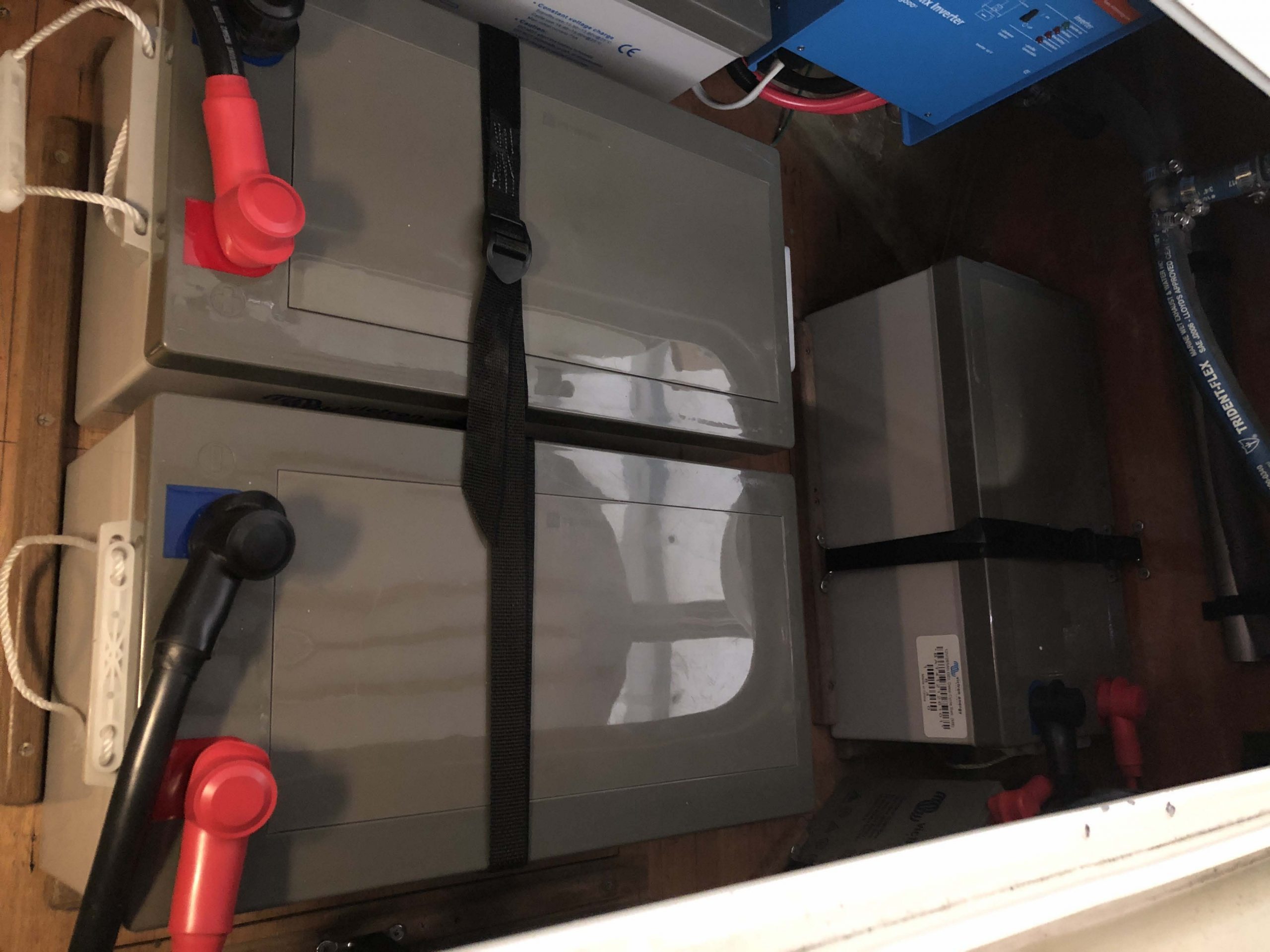
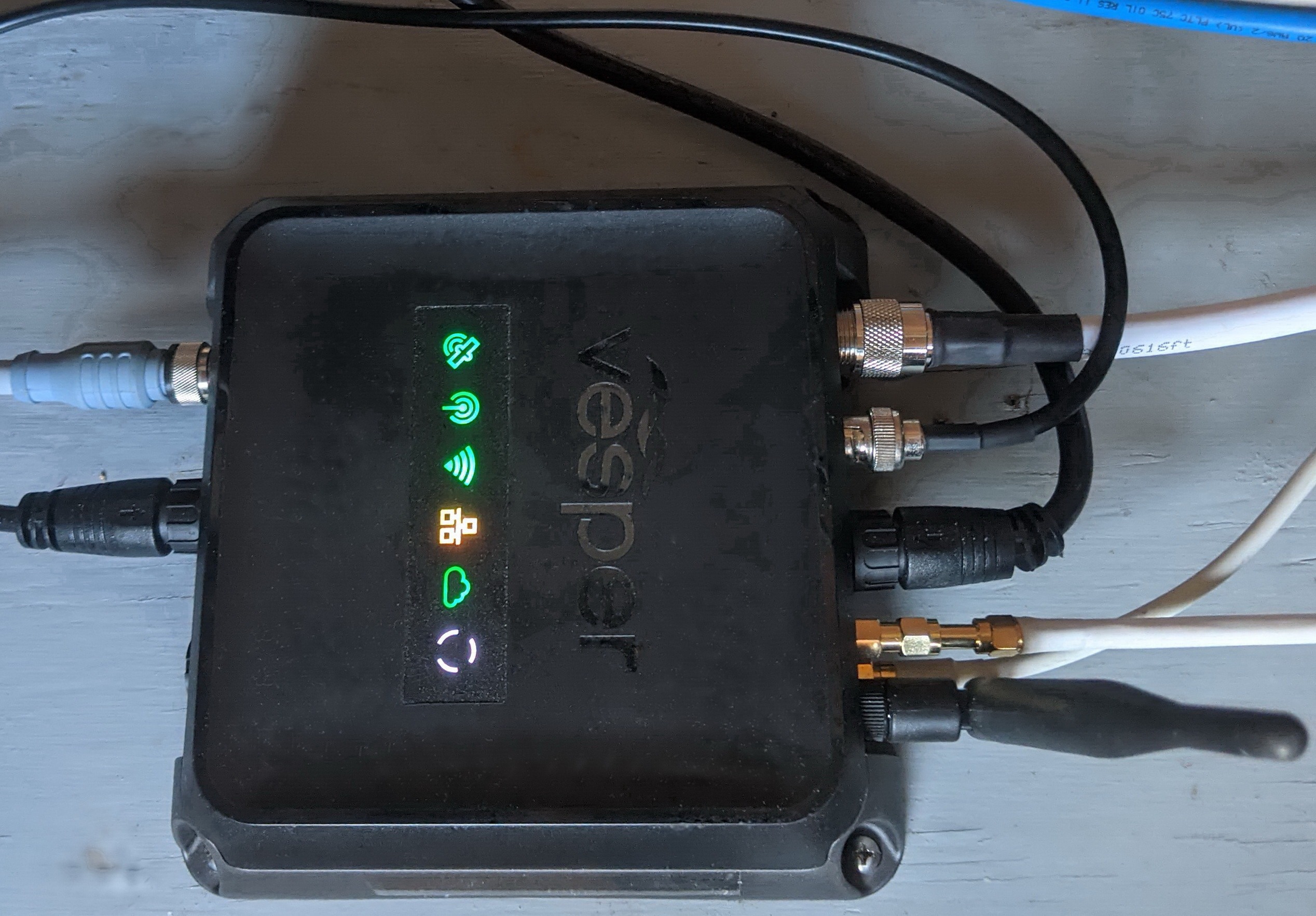
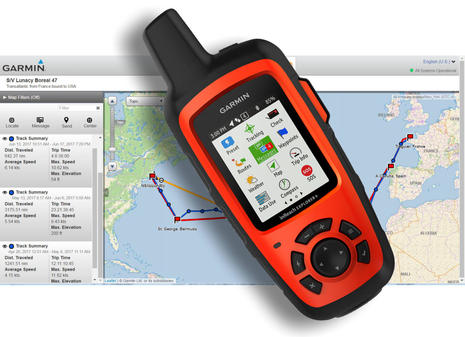
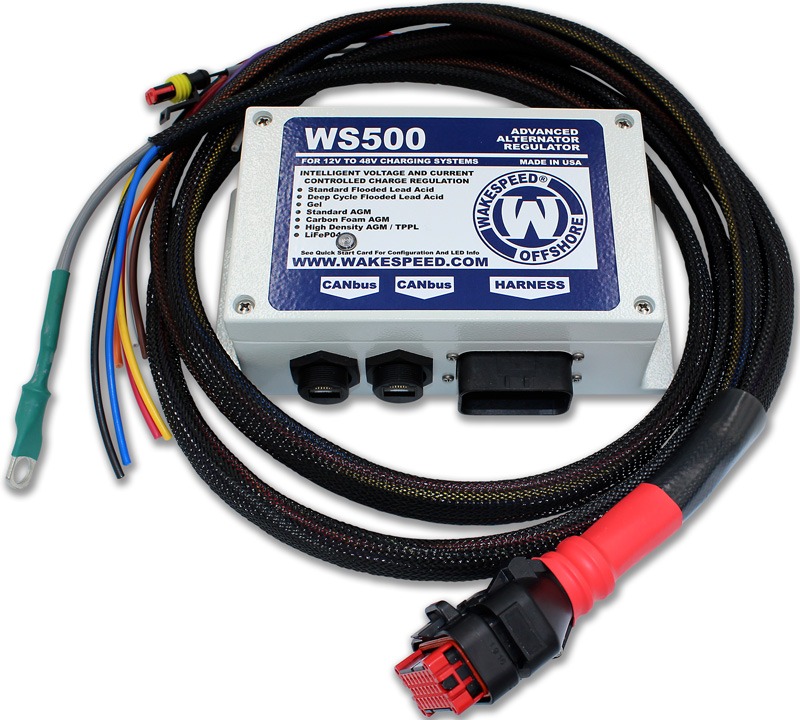







Hi Ben! These might be just the ticket for those of us with a big lead-based bank up forward for the bow thruster & windlass?
Hartley,
I’m thinking this technology might be the answer for a lot of applications that have typically had us sticking with AGMs. If so, it’s a huge step forward. That said, I think there is still room for either contactor based BMSes or another technology (like super capacitors) in parallel for the largest of inrush loads.
-Ben S.
have a look at FPV batteries building hybrid batteries for a while using supercaps/lithium
i should mention, we have been using sodium batteries from Safiery “Australia” for a year or so now , their standard 12v is 100AH
https://safiery.com/product/as3001-22022-compliant-12v-100ah-sodium-ion-battery-lithium-free-with-100a-bms-and-bluetooth-10000-cycle-life-suitable-for-victron-inverter-charger-and-solar-mppt-controller/
they also offer it in their meteor style 36v/48v housings
https://safiery.com/product/meteor-48v-1700wh-sodium-battery-for-inside-rvs/
and have now started to offer Solid state options
https://safiery.com/product/safiery-solid-state-lithium-48v-50ah/
Charge voltage is something worth considering with these batteries
we have been using Safiery sodium batteries for a year or so. in their 100ah 12v guise. they are around 600USD ,i havnt used them yet but they also come in their metior housings at 50ah @48v/36v to be used with the scotty AI systems.
they have just started to offer solid state variants.